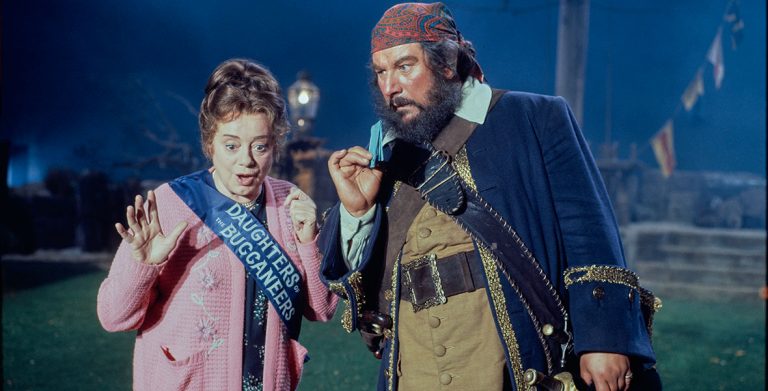
In 1897, Johnson recorded two new songs, "The Laughing Coon" and "The Whistling Girl". In addition to Berliner, Johnson recorded for Edison Records, Columbia, the Victor Talking Machine Company, the Chicago Talking Machine Company, Bettini and numerous other small cylinder and disc companies through the 1890s and up to 1909 or 1910. In 1895, Johnson made his first recordings on the new disc technology for Berliner Gramophone. In 1894, Johnson began recording with Len Spencer, a Vaudeville star of the era, and the two would remain friends until the end of Johnson's life. His repertory on stage was pretty much limited to his two famous songs, but this was sufficient to get him bookings on bills. Johnson also made appearances in Vaudeville.

At least one of his 1891 recording sessions was held at Thomas Edison's laboratory in West Orange, New Jersey. Johnson continued recording for the New York and New Jersey companies, and in 1891 also started recording for their parent company, the North American Phonograph Company. "The Whistling Coon" was characterized by a light-hearted tune and lyrics which would be unacceptable today, in which a black man is compared to a baboon. Remarkably, the New Jersey record company marketed Johnson as a black man, during an era when much of American life was strongly segregated by race. The total sales of his wax cylinders between 18 have been estimated at 25,000 to 50,000, each one recorded individually by Johnson. Johnson was the first African American to appear on the pop chart, and his song on the chart was the first to have been written by an African American. "The Laughing Song" was number one for ten weeks from April to June 1891, while "The Whistling Coon" was number one for five weeks in July and August 1891. īy 1895, Johnson's two tunes "The Whistling Coon" and " The Laughing Song" were the best-selling recordings in the United States. Johnson would sometimes sing the same song over and over again in the recording studio fifty or more times a day. A singer with a strong voice could make three or four usable recordings at once, with as many machines running simultaneously with their recording horns pointed towards the singer's mouth. In the earliest days of the recording industry, every record was a " master". Although he recorded other material, including whistling the song " Listen to the Mockingbird" and some short minstrel show performances done with other performers, it was these two songs that Johnson would perform and record over and over for years.Įngraving of Johnson from record catalogue (c.1900) From this he developed the second performance that made him famous, "The Laughing Song". Johnson sang as well as whistled, and also was able to give a boisterous laugh in musical pitch. Although Johnson could whistle all the tunes of the day, one of his first recordings for both companies was a popular vaudeville novelty song called "The Whistling Coon".

Both of them invited Johnson to record his loud raggy whistling on wax phonograph cylinders for a fee of twenty cents per two-minute performance. Charles Marshall of the New York Phonograph Company and Victor Emerson of the New Jersey Phonograph Company both heard Johnson performing in Manhattan, probably at the ferry terminals on the Hudson River. Some time between January and May 1890, Johnson was recruited by two different regional phonograph distributors who were looking for recording artists for their coin-operated machines. An 1898 recording of The Laughing Song, one of his most popular songs


 0 kommentar(er)
0 kommentar(er)
